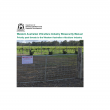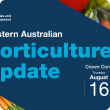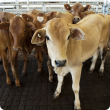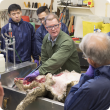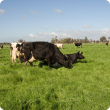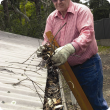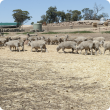Filter by regions:
- (-) Remove Peel filter Peel
- (-) Remove Perth regions filter Perth regions
- South West (190) Apply South West filter
- Great Southern (188) Apply Great Southern filter
- Mid West (181) Apply Mid West filter
- Wheatbelt (153) Apply Wheatbelt filter
- Gascoyne (143) Apply Gascoyne filter
- Goldfields-Esperance (143) Apply Goldfields-Esperance filter
- Kimberley (113) Apply Kimberley filter
- Pilbara (107) Apply Pilbara filter

